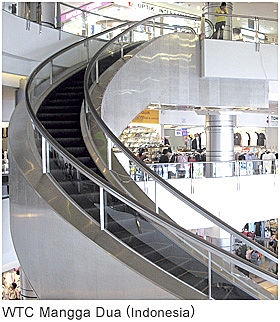stellarfun
Senior Member
- Joined
- Dec 28, 2006
- Messages
- 5,612
- Reaction score
- 1,352
And schools are partly to blame.Have you ever looked at a bizarre building design and wondered, “What were the architects thinking?” Have you looked at a supposedly “ecological” industrial-looking building, and questioned how it could be truly ecological? Or have you simply felt frustrated by a building that made you uncomfortable, or felt anger when a beautiful old building was razed and replaced with a contemporary eyesore? You might be forgiven for thinking “these architects must be blind!” New research shows that in a real sense, you might actually be right.
Environmental psychologists have long known about this widespread and puzzling phenomenon. Laboratory results show conclusively that architects literally see the world differently from non-architects.
http://www.guernicamag.com/blog/3176/the_architect_has_no_clothes/
The image (OMG!, the shadows!!!!!) the article uses to illustrate the underlying point is:








